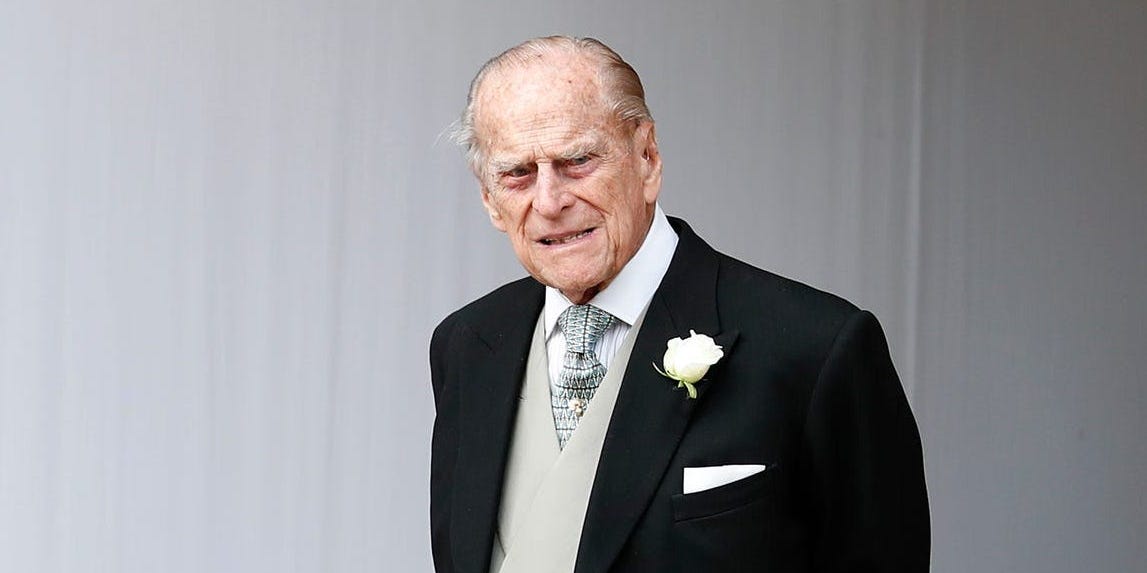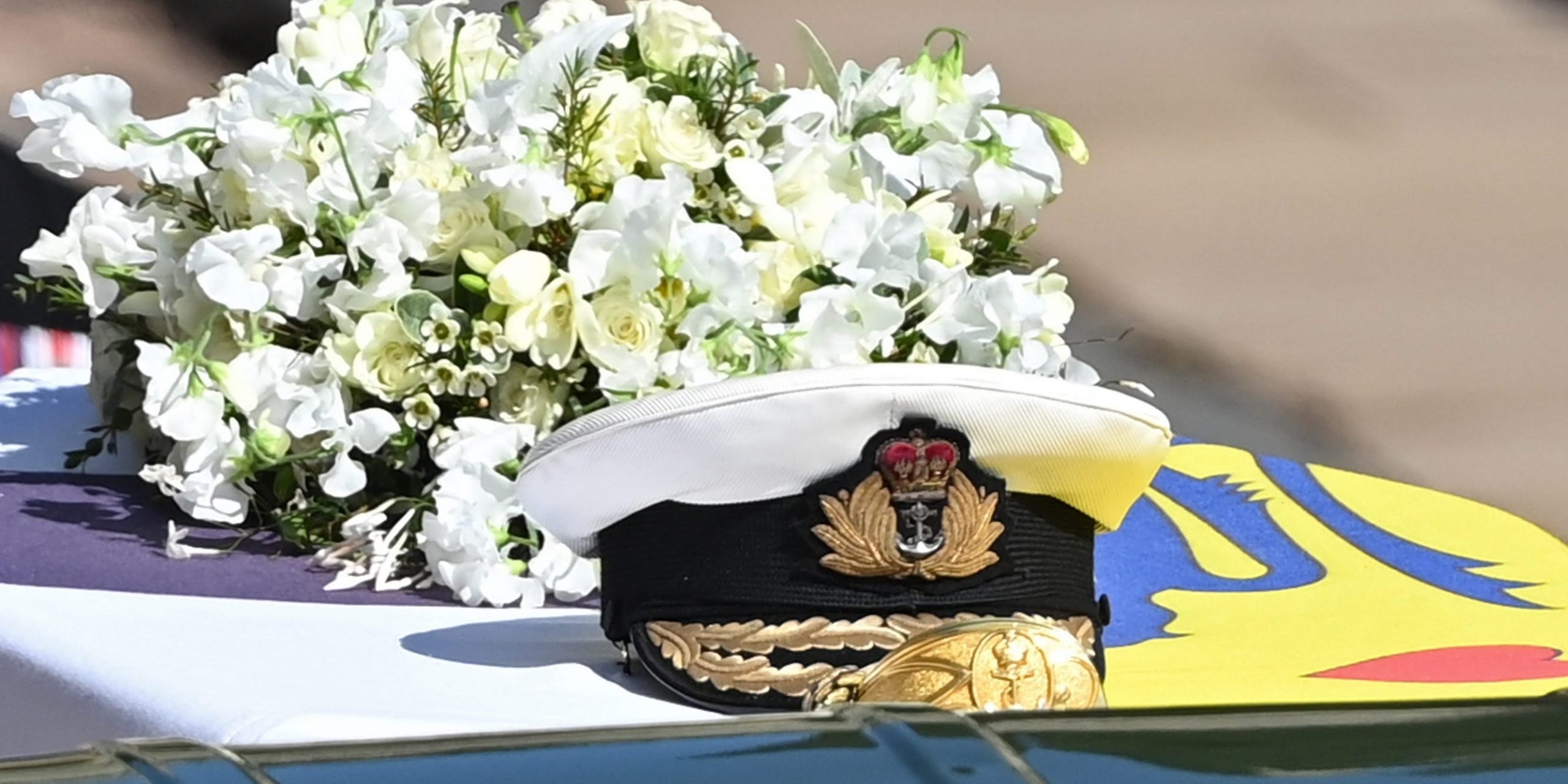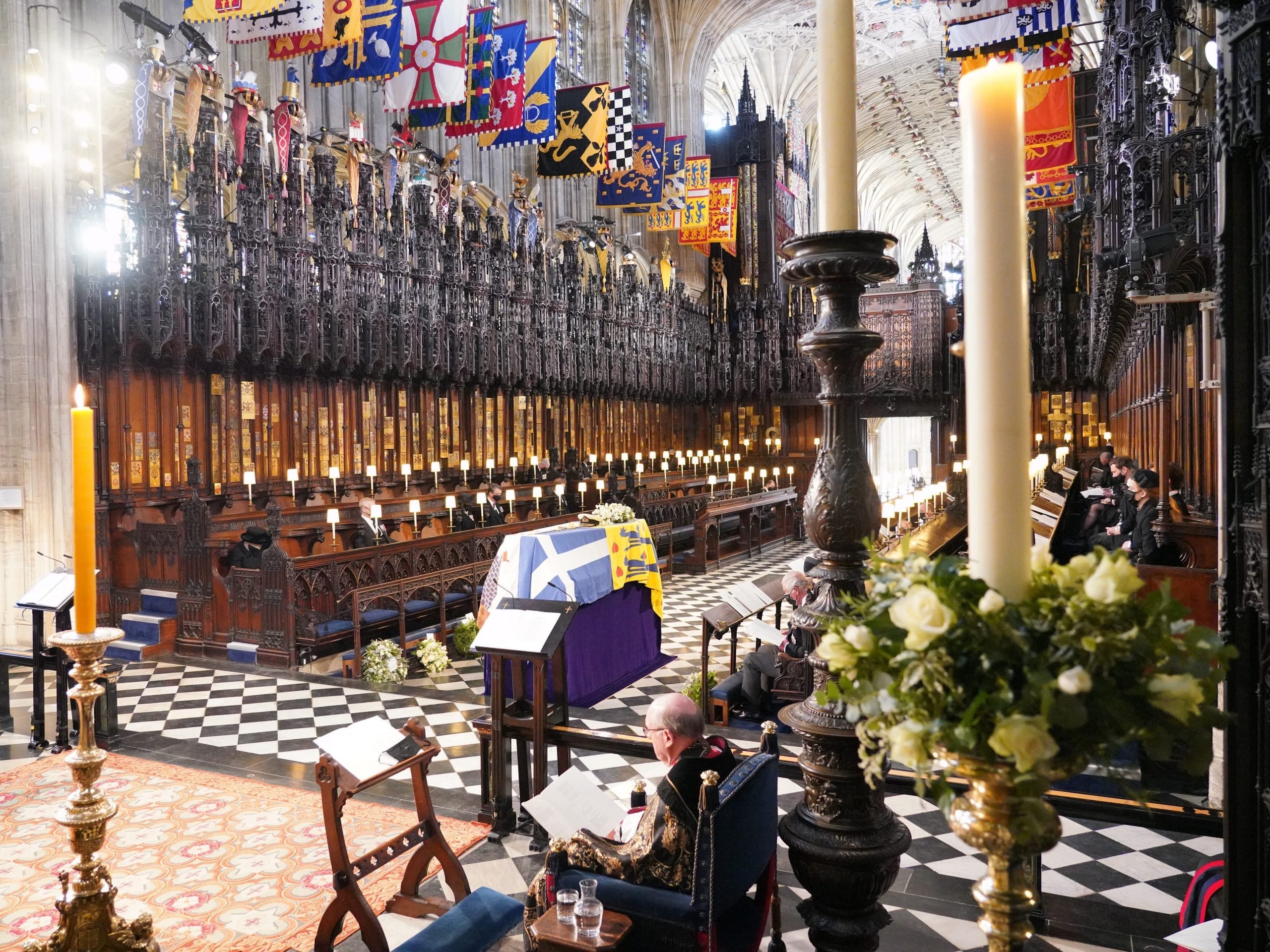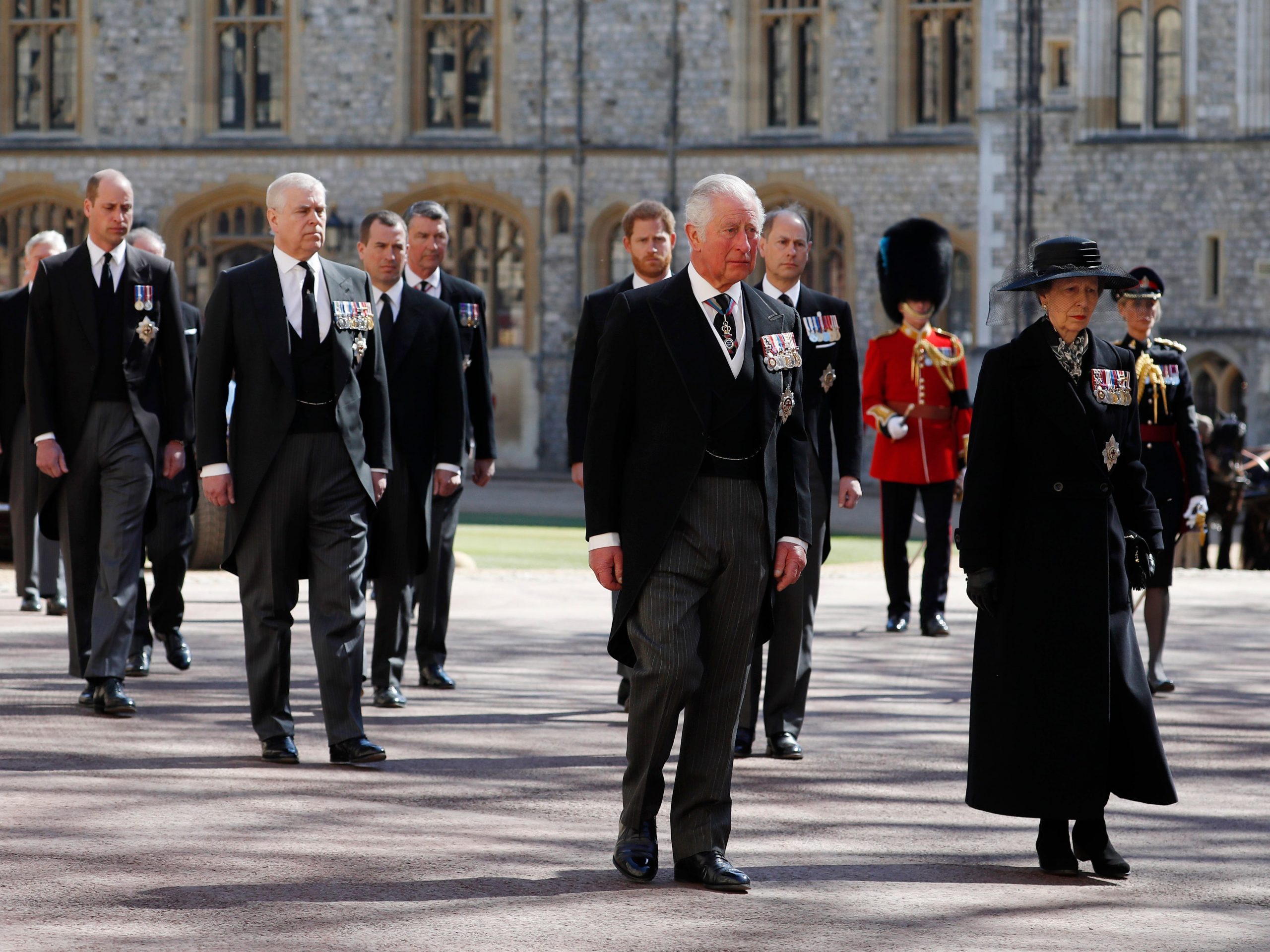
WPA Pool/Getty Images/Alastair Grant
- The Duke of Edinburgh's funeral was held on Saturday in St George's Chapel at Windsor Castle.
- Prince Philip had a ceremonial royal funeral instead of a state funeral.
- Princess Diana and Queen Elizabeth, the Queen Mother, both had ceremonial funerals instead of state funerals.
- Visit Insider's homepage for more stories.
The Duke of Edinburgh was laid to rest in a funeral at St George's Chapel on Saturday.
Prince Philip, the Queen's husband of 73 years and the longest-serving British consort, died on April 9 at age 99. The funeral was televised, and BBC reported that more than 13 million people across the UK watched the ceremony.
While the intricate ceremony mirrored the state funerals of other royal family members, Philip's funeral was a ceremonial royal funeral. He previously asked not to be given a full state funeral because he didn't want a "fuss," The Independent reported.
Ceremonial royal funerals and state funerals share many of the same features, but there are a few key differences.
State funerals are typically reserved for monarchs

Leon Neal/Getty Images
According to the British royal family's official website, state funerals are generally held only for monarchs like Queen Elizabeth II or her father, King George VI, with few exceptions.
State funerals are held to honor people of national significance and follow strict protocols, according to The Sun. In modern times, such occasions usually involve the body lying in state at Westminster Hall before a large procession transports the coffin to St George's Chapel at Windsor Castle, The Sun reported.
King George VI was the last British monarch to receive a state funeral after he died in his sleep on February 6, 1952.
However, a few non-royals have received state funerals, including the Duke of Wellington and former Prime Minister Winston Churchill. Churchill's televised state funeral drew more than 350 million viewers in January 1965.
Ceremonial funerals can be more private than state funerals

WPA Pool/Getty Images
State funerals are a massive ceremony for the general public to mourn and pay tribute to an influential figure, but ceremonial royal funerals can lend more privacy.
Unlike state funerals, ceremonial royal funerals do not require parliamentary approval or funding, the Washington Post reported.
The Sun reported that ceremonial funerals are often held for royal family members with high military rank or the heir to the throne.
Princess Diana, the mother of Prince William and Prince Harry, had a ceremonial royal funeral in 1997 after she died in a car accident. Queen Elizabeth, the Queen Mother, also had a ceremonial royal funeral after dying in 2002 at age 101.
Only 30 people were permitted to attend Prince Philip's funeral amid the COVID-19 pandemic

WPA Pool/Getty Images
The Duke of Edinburgh's funeral procession began from the State Entrance at Windsor Castle and ended at St George's chapel on a Land Rover hearse. Nine members of the royal family walked behind Prince Philip's coffin, including Princess Anne, Prince Charles, and Prince Harry.
Locals were asked not to attend the funeral due to the UK COVID-19 pandemic, but crowds still gathered in defiance of the guidance. Prince Philip initially had a 800-person guest list, but the number was cut to 30 to adhere to the UK's COVID-19 guidelines.
The ceremony lasted around 50 minutes and was conducted by the Dean of Windsor.